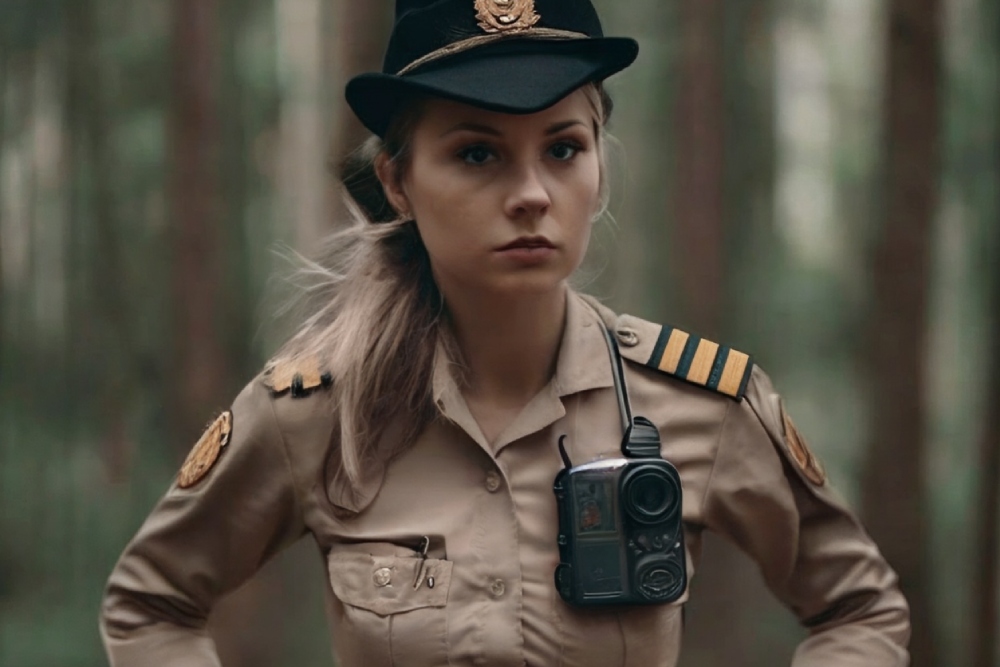In recent years, police body cameras have become an essential tool for law enforcement agencies worldwide. These cameras provide an unbiased and accurate account of interactions between police officers and the public, enhancing transparency and accountability. However, using a body camera effectively requires proper training and adherence to specific guidelines. In this article, we will explore the best practices for using a police body camera, ensuring that officers can capture crucial evidence while maintaining privacy and professionalism.
Familiarize Yourself with Department Policies:
Before using a police body camera, it is crucial to familiarize yourself with your department’s policies and guidelines regarding its usage. Understand the specific recording requirements, situations that necessitate activation, and any restrictions or limitations. Stay up-to-date on any updates or changes in policies to ensure compliance.
Activate the Camera in Appropriate Situations:
Activate the body camera in situations specified by department policies. These typically include traffic stops, arrests, searches, interviews, and any encounter that may escalate into a potential conflict. Remember to start recording as early as possible to capture the entire incident accurately.
Announce the Presence of the Camera:
When interacting with members of the public, it is essential to inform them that you are wearing a body camera and it is recording. This announcement helps build trust and transparency and ensures that individuals are aware that their actions and statements are being documented.
Position the Camera Correctly:
Proper camera positioning is crucial to capture clear and accurate Footage. Ensure that the camera lens is unobstructed and positioned at chest level for a clear view. Avoid placing the camera in a way that obstructs the officer’s line of sight or interferes with their movements.
Be Mindful of Privacy Concerns:
Respect privacy rights during sensitive situations, such as medical emergencies, interviewing victims of sexual assault, or entering private residences. Observe department policies regarding the activation and deactivation of the camera in these scenarios. Provide individuals with privacy when necessary and avoid recording conversations unrelated to the incident.
Document Relevant Information:
Accurate documentation is crucial when using a body camera. Before and after recording an incident, verbally state important information such as the date, time, location, and the names of involved parties. This additional information provides context and enhances the value of the recorded Footage.
Preserve and Store Data Securely:
Safeguarding data is paramount to maintaining the integrity of body camera footage. Follow your department’s guidelines for storing and securely transferring data. Ensure that all recordings are properly labelled, organized, and securely stored to prevent tampering or unauthorized access.
Review and Analyze Footage:
Periodically review and analyze recorded Footage for training purposes and to evaluate officer performance. This practice helps identify areas for improvement, ensures compliance with department policies, and can serve as valuable evidence in investigations.
Conclusion:
Police body cameras have become an invaluable tool in law enforcement, promoting transparency, accountability, and trust between officers and the public. By following these guidelines for the proper use of body cameras, law enforcement agencies can capture accurate and valuable evidence while respecting privacy and maintaining professionalism. Familiarizing oneself with department policies, activating the camera in appropriate situations, announcing its presence, correctly positioning the camera, respecting privacy concerns, documenting relevant information, preserving data securely, and reviewing Footage are crucial steps towards the effective and responsible use of police body cameras.

